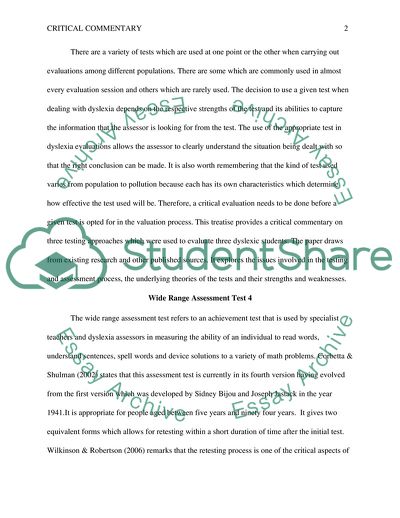Cite this document
(Critical Commentary and Use of Various Tests Term Paper, n.d.)
Critical Commentary and Use of Various Tests Term Paper. https://studentshare.org/english/1866872-critical-commentary
Critical Commentary and Use of Various Tests Term Paper. https://studentshare.org/english/1866872-critical-commentary
(Critical Commentary and Use of Various Tests Term Paper)
Critical Commentary and Use of Various Tests Term Paper. https://studentshare.org/english/1866872-critical-commentary.
Critical Commentary and Use of Various Tests Term Paper. https://studentshare.org/english/1866872-critical-commentary.
“Critical Commentary and Use of Various Tests Term Paper”. https://studentshare.org/english/1866872-critical-commentary.


